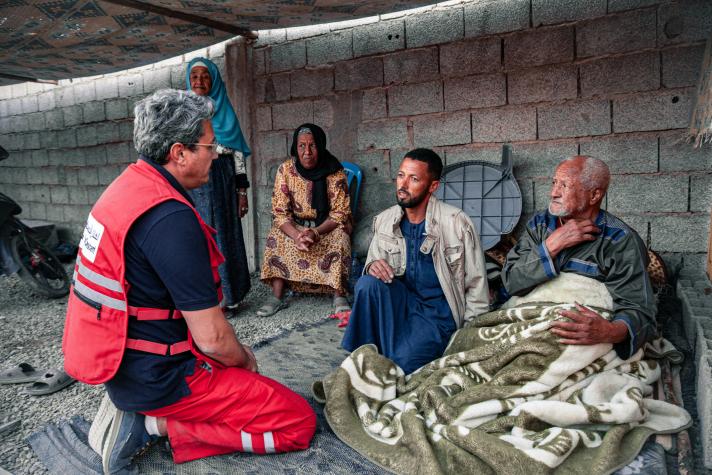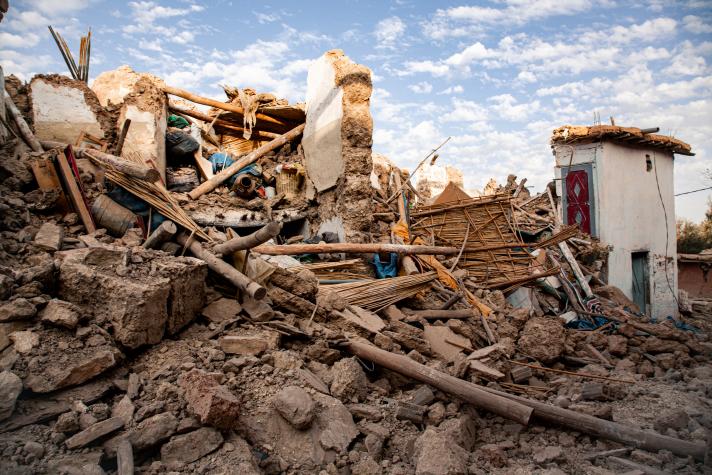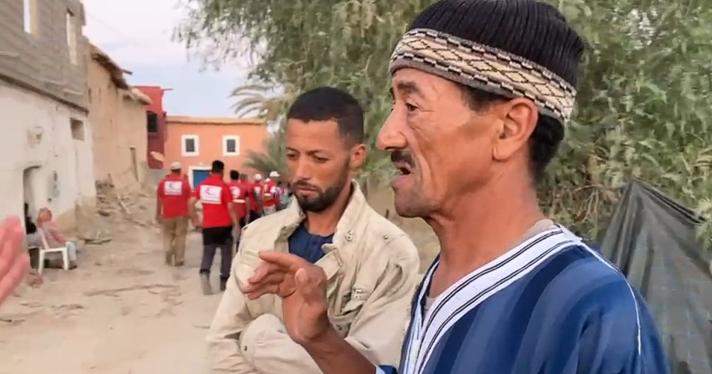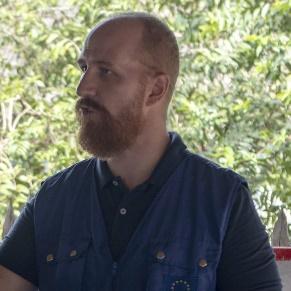When a 6.8 magnitude earthquake struck Morocco late at night on 8 September, Sa’id was out of town, away from his family home, located in the small rural town of Tamaloukte, close to the earthquake’s epicentre. After the earthquake hit, he rushed back home finding his way through the rubble and debris of collapsed buildings blocking the surrounding roads.
Once arrived home, he found the remnants of his house, barely recognisable and almost completely demolished by the earthquake.
The earthquake destroyed or severely damaged at least 2,000 homes and claimed the lives of more than 2,900 people, while estimations are still provisional.
“I was sleeping at home when the earthquake hit. I was told that my second house [where the grandchildren were at] had collapsed, so I came rushing to save my grandchildren but found them under the rubble, unresponsive. The roof came down while they were inside,” explains Mohamed, Said’s father.
He tried desperately to save his 3 grandchildren who were inside his house when the earthquake struck.
But, tragically, 2 of them – 11-year-old Asma and 5-year-old Ibrahim - did not survive. They are among the 47 victims who have lost their lives to the earthquake in Tamaloukte.
In the immediate aftermath of the disaster, the EU allocated €1 million in humanitarian aid to assist those most affected.
From this amount, €200,000 have been earmarked for the Disaster Response Emergency Fund (DREF) of the International Federation of the Red Cross and Red Crescent Societies (IFRC).
Through the DREF, the EU and other donors are able to support national Red Cross and Red Crescent societies in the immediate aftermath of a disaster.
The EU’s Copernicus satellite system was also activated to provide emergency mapping services and help operations on the ground.
Thanks to EU humanitarian funding, and through the Moroccan Red Crescent support to the affected population, families like Said’s receive vital psychosocial support as they come to terms with their immense loss.
They also receive tent, warm blankets, mattresses and clothes to help them through the initial aftermath of the disaster.





